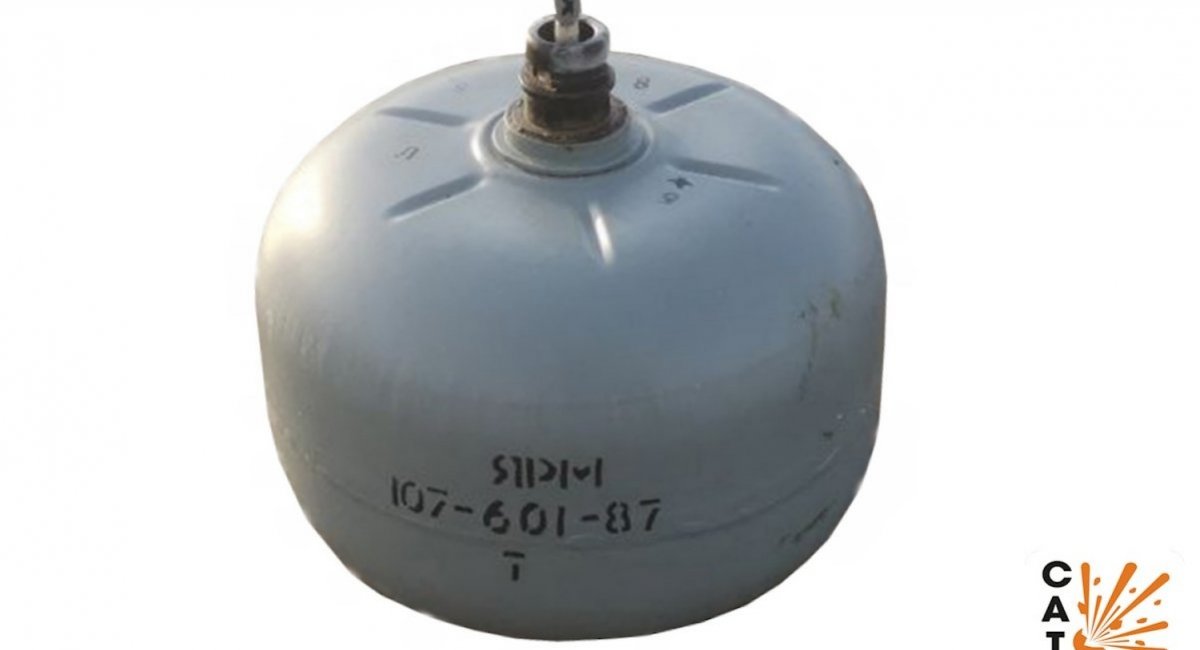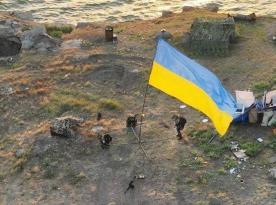The South operational command reports that on June 11, 2023, at least two anchor river mines of the YaRM type were discovered on the sea coast of Odesa, which were washed away by the flood that occurred after the russian occupiers detonated the Kakhovskaya HPP.
Apparently, the russians planted much more such mines, as evidenced by the warning of the Ukrainian military command that the spill of water after the occupiers blew up the Kakhovskaya HPP washed away the mines and ammunition of the russians. If we were talking only about mines of the russian army accumulated on land, then in theory there would be a detail that these dangerous "traces" from the enemy should be washed "down" to the temporarily occupied part of the Kherson region.
Read more: Advancing Troops Set Ukraine’s Flag Over Village of Blahodatne and Capture russia’s Personel (Video)
The YaRM river mine was developed back in 1954, and was intended specifically for installation in the water areas of lakes and rivers, in order to prevent the landing of troops or the enemy's forcing of water bodies. Such mines can be placed at a depth of 1 to 12 meters. In order to cock a contact detonator with a crosshead (in the upper part of the mine body), it is necessary for the water to literally "eat away" the safety gasket made of sugar. The declared weight of the YaRM mine is 13 kg, in particular, the weight of the warhead is 3 kg of TNT.
It is claimed that such a mine can be neutralized only by direct detonation or trawling. But at the same time, it is not known on what size river vessels or boats, or means for fording rivers, a mini YaRM detonator should trigger.
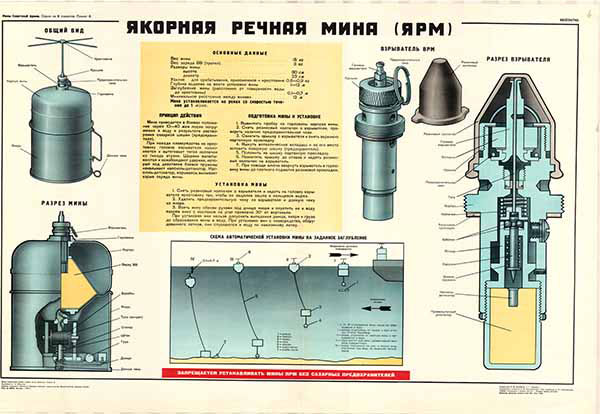
The very fact of laying such mines may indicate that the enemy considered a real threat that the Armed Forces of Ukraine might try to force the Dnipro River. To prevent this, rare Soviet anchor river mine were used. But after assessing the ratio of forces and means for some time, the command of the Russian army could assess that it would not be able to hold the temporarily occupied part of the Kherson region. Therefore, the occupiers dared to commit the crime of blowing up the Kakhovskaya HPP in order to "make the front shorter" for themselves.
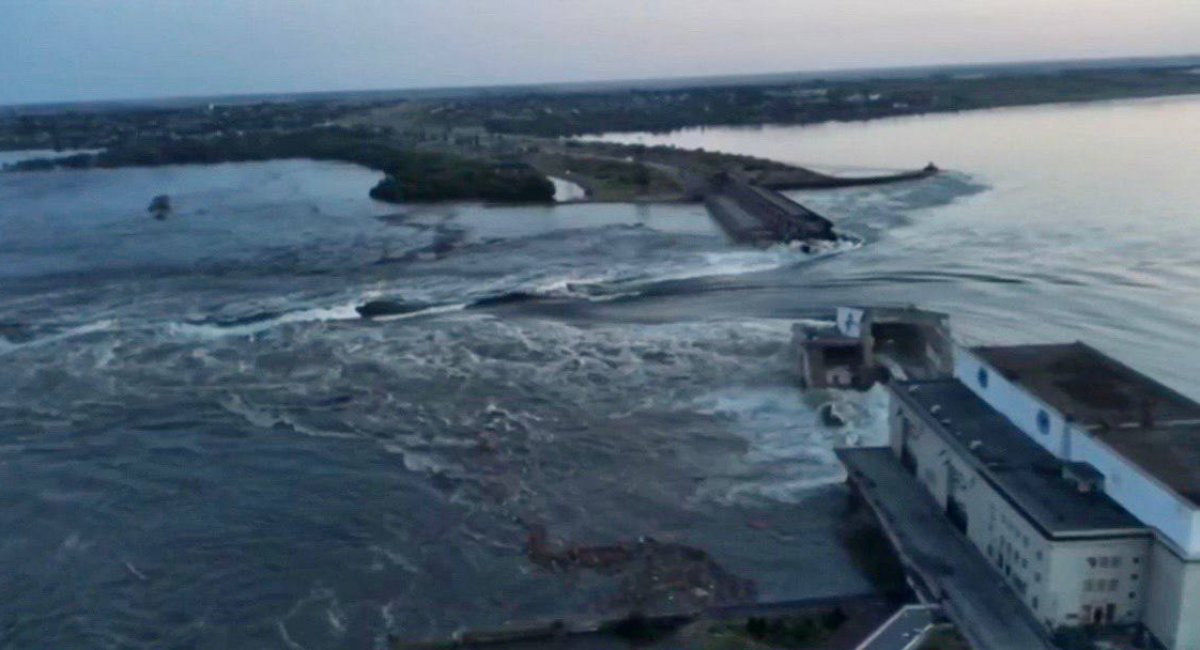
Only after that, the russians began to transfer their troops from Kherson to Zaporizhzhia, where the occupiers are trying to resist the offensive of the Armed Forces of Ukraine, which is only gaining momentum.
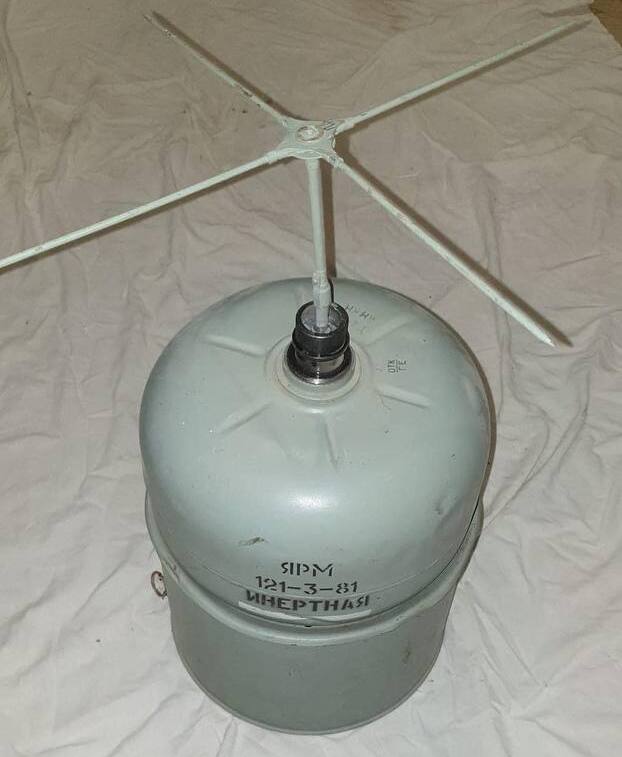
As Defense Express reported, Ukrainian Troops were Fighting Successfully for the Vremiivskyi Bulge, Another Village had Been Liberated.
The Ukrainian troops continue offensive actions with the aim of completely liberating the temporarily occupied territories of Ukraine from the russian invaders and restoring the internationally recognized borders of Ukraine.
Read more: Ukraine’s Defense Intelligence Representative States There Is Lot of Evidence of Russia's Military-Political Officials Involvement in Kakhovka Dam Demolition




